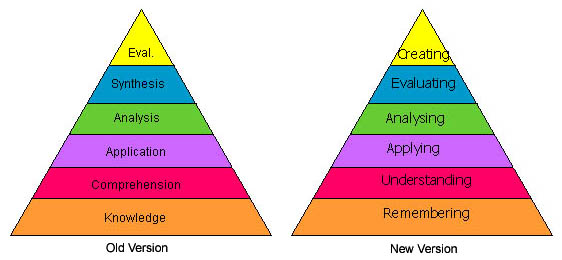In the 1980’s computers were a sight to see in schools. However, in 2015, it’s a sight to not see a computer or cellphone in a school. This change is known as the digital age. I grew up in the strongest time of the digital age. I remember the dial-up computer in my house when I was younger and now there is Wi-Fi and cell phones in ever home. In school, I remember only using computers to play math24 online and now I use computers for all sorts of school work. So this poses the question of can technology be used in schools and is it helpful?
In my opinion, the answer to both of these questions is yes. Applying technology in the classroom is always a way to appeal to the younger generations and also helps to make the classroom more entertaining. As we could see from our readings this week, there are multiple ways to apply technology in the classroom. We’ve come from the “Oregon Trail” game all the way to games that help balance the federal budget (which is useful in a civics class). We can also use resources such as social media boards such as Pinterest to get information. I for one can confirm this works because I have a whole board dedicated to history I want to learn about and history jokes that I read to entertain myself sometimes. It is obvious that there are multiple ways that technology can be applied into the classroom.
Even though technology can be implemented in the classroom, is it a good idea? Allowing students to use technology such as cell phones, tablets, and laptops in the classroom seems like a good idea but it can be abused. Students can be scrolling through Tumblr, texting their boyfriends/girlfriends about how they are allowed to use their phones in class, or playing Angry Birds on their tablet. When students have these distractions, how much information are they getting from our lesson while texting Jessica about what Katie did at the party last night with Brad? As future teachers, we do need to think about how we want technology in the classroom and how much of it.





